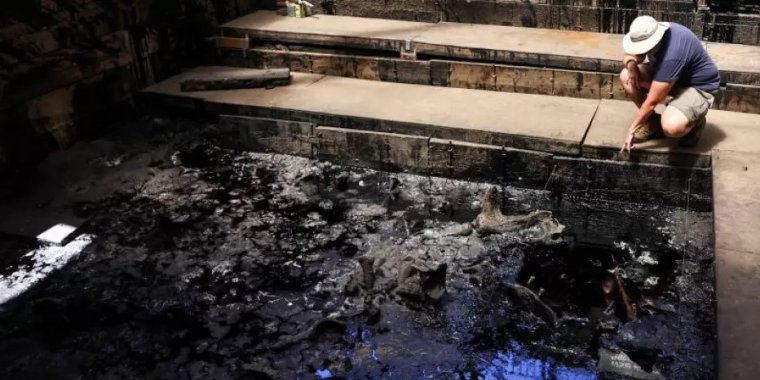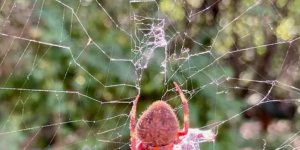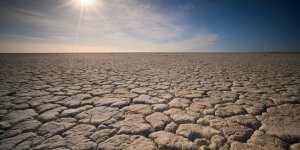| News / Science News |
Scientists zero in on timing, causes of ice age mammal extinctions in Southern California
The end of the last ice age also marked the end for more than three dozen genera of large mammals in North America, from mammoths and mastodons to bison and saber-toothed cats.

Large-scale wildfires sparked by human activity were the cause of the extinction of ice age mammals in Southern California 13,000 years ago. Photo: Texas A&M University
Details of the precise timing and circumstances, however, have remained murky ever since.
A team of scientists that included Texas A&M University archaeologist Michael Waters recently focused on the well-known Rancho La Brea Tar Pits in Southern California in their quest to provide answers to these questions.
The results include the most exact and detailed timeline for the extinctions that happened during the latter part of the Pleistocene period in North America. They also provide insights into the area’s present and future.
The research was supported by the U.S. National Science Foundation. “This investigation illustrates the long-term consequences of environmental change and human pressure on large mammal populations, and reinforces the wealth of information that can be retrieved from ancient bones to inform present and future scenarios,” said Yurena Yanes, a program director in NSF’s Division of Earth Sciences.
Waters and other researchers examined the timing and cause of the extinction of a variety of large mammals, known as megafauna, stuck in tar at Rancho La Brea, ensuring the preservation of their bones.
The team used radiocarbon dating on 169 bones from seven different animals — bison, horse, camel and ground sloths as well as the carnivores that ate them, including the saber-toothed cat, dire wolf and American lion.
They also compared those findings to regional pollen and charcoal records along with continent-wide data on human and large mammal populations.
The researchers subsequently used time-series modeling to produce the most detailed chronobiology to date, showing the relationships between climate and vegetation change, fire activity, human demographics and megafauna extinctions.
"This study has implications for the changes we see in Southern California today," Waters said. "The temperatures are rising, and the area is drying. We also see a dramatic increase in fires. It appears that history may be repeating itself."
YOU MAY ALSO LIKE





